How to Master Work Problems: A Comprehensive Step-by-Step Guide
Understanding work problems in mathematics often involves dealing with scenarios where different people (or machines) contribute to completing a task. These problems can be solved by using the formula \(W=R×T\), where \(W\) is Work, \(R\) is Rate, and \(T\) is Time. Here is a step-by-step guide to help you understand and solve these problems:
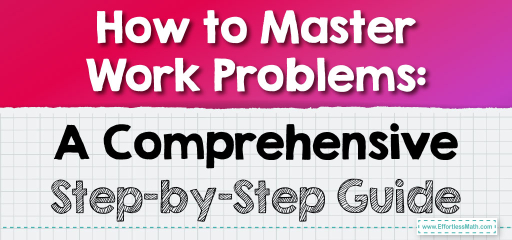
Step-by-step Guide to Master Work Problems
Step 1: Understand the Problem
- Read the Problem Carefully: Identify what the problem is asking. Pay attention to the time taken by each person or machine to complete the work independently.
- Define the Work: Usually, the total work done is considered as \(1\) unit. For example, mowing a lawn, painting a wall, or filling a tank is each considered as 1 unit of work.
Step 2: Determine the Rates
- Calculate Individual Rates: Determine the rate at which each person or machine completes the work. If a person completes the work in \(T\) hours, their rate is \(\frac{1}{T}\) units of work per hour.
- Combine Rates for Collaborative Work: If multiple people or machines work together, add their rates. For instance, if Person \(A\) has a rate of \(\frac{1}{T_{A}}\) and Person \(B\) has a rate of \(\frac{1}{T_{B}}\), their combined rate is\(\frac{1}{T_{A}}+\frac{1}{T_{B}}\) .
Step 3: Set Up the Equation
- Use the Work Formula: The formula \(W=R×T\) is pivotal. For combined work, set \(W=1\) and use the combined rate for \(R\).
- Formulate the Equation: The equation usually looks like \(1=(\frac{1}{T_{A}}+\frac{1}{T_{B}})×T\), where \(T\) is the time taken for the combined work.
Step 4: Solve for the Unknown
- Rearrange the Equation: Isolate the variable you are solving for. This might involve algebraic manipulation.
- Solve Mathematically: Use algebra to find the value of the unknown variable. This might involve finding a common denominator, simplifying fractions, or solving linear equations.
Step 5: Check Your Solution
- Verify the Answer: Plug your answer back into the equation to see if it makes sense. Check if the units and the context align correctly.
- Consider Practical Implications: Ensure that the solution is practical and makes sense in the context of the problem.
Understanding each step and applying it to various problems will enhance your ability to tackle work problems effectively.
Examples:
Example 1:
Sarah can clean a room in \(2\) hours. When she works with her friend Lisa, they can clean it in \(1.5\) hours. How long would it take Lisa to clean the room alone?
Solution:
- Sarah’s rate \(=\frac{1}{2}\) room per hour.
- Together, their rate \(=\frac{1}{1.5}\) room per hour.
- Let Lisa’s time be \(T\) hours, so her rate \(=\frac{1}{T}\).
Combine the rates: \(\frac{1}{2}+\frac{1}{T}=\frac{1}{1.5}\)
Solve for \(T\): \(\frac{1}{T}=\frac{2}{3}-\frac{1}{2}=\frac{4-3}{6}=\frac{1}{6}\) So, \(T=6\) hours.
Example 2:
Kevin can type a document in \(5\) hours. Working together with Rachel, they can type it in \(4\) hours. How long would it take Rachel alone?
Solution:
- Kevin’s rate \(=\frac{1}{5}\) document per hour.
- Together, their rate \(=\frac{1}{4}\) document per hour.
- Rachel’s rate \(=\frac{1}{T}\).
Combine the rates: \(\frac{1}{5}+\frac{1}{T}=\frac{1}{4}\)
Solve for \(T\): \(\frac{1}{T}=\frac{1}{4}-\frac{1}{5}=\frac{5-4}{20}=\frac{1}{20}\) So, \(T=20\) hours.
Related to This Article
More math articles
- How to Find the Expected Value of a Random Variable?
- Understanding Triangles: A Comprehensive Guide to Their Classification and Properties
- The Math Storyteller: How to Unravel Word Problems of Two-step Equations
- What Level of Math is Tested on the PSAT/NMSQT?
- How to Solve Trig Ratios of General Angles? (+FREE Worksheet!)
- How to Use Number Lines to Graph Fractions as Decimals
- Integrals: Complete Explanation of the Applications and Use
- Coordinate Planes as Maps
- Other Topics Puzzle – Challenge 95
- Top 10 Math Books for Grade 5: Cultivating Critical Thinking in Young Mathematicians
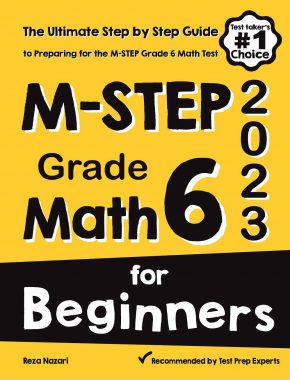
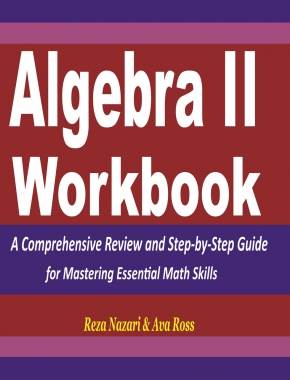
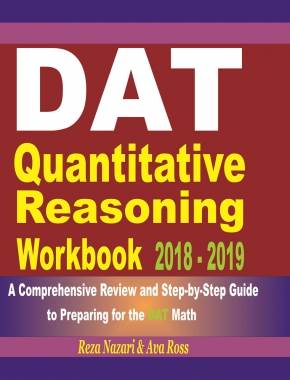

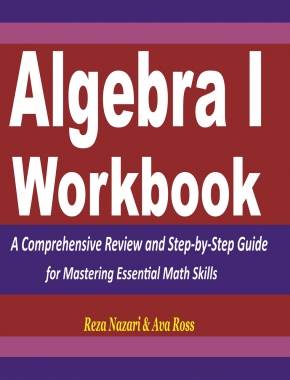
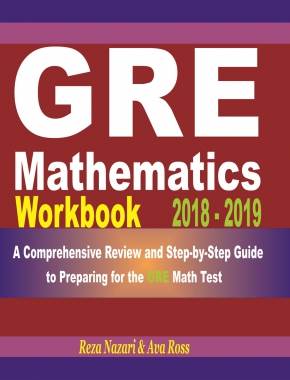
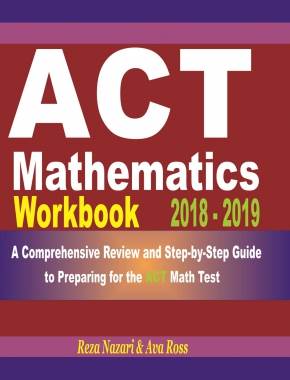
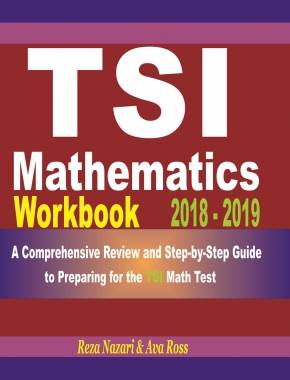
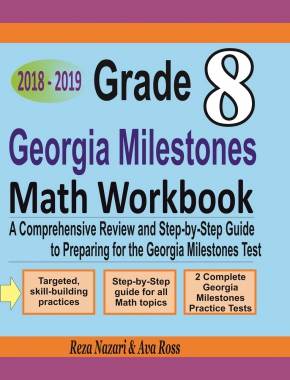
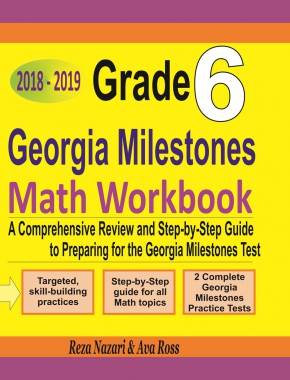
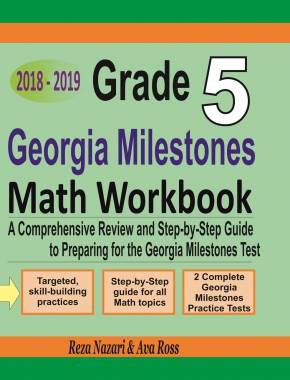
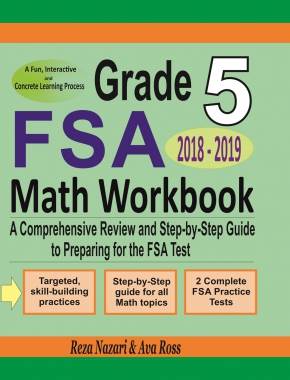
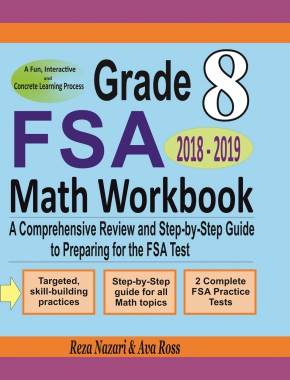
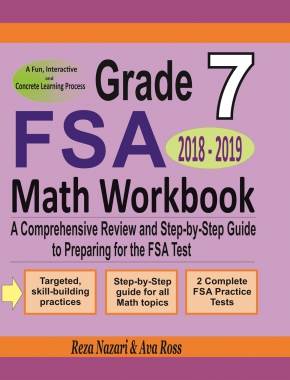
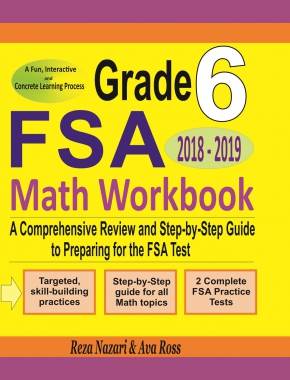











What people say about "How to Master Work Problems: A Comprehensive Step-by-Step Guide - Effortless Math: We Help Students Learn to LOVE Mathematics"?
No one replied yet.